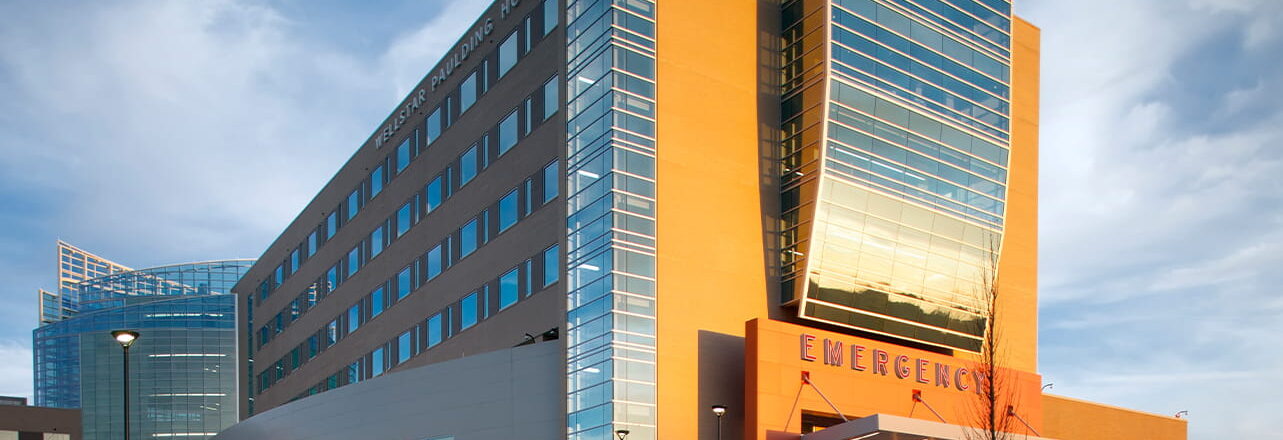Details
OWNER:
WellStar Health System
ARCHITECT:
CDH Partners
LOCATION:
Hiram, GA
SIZE:
250,000 sf
PROJECT COST:
$135M
COMPLETION DATE:
2014
RESPONSIBILITY/SERVICE:
Mechanical, Electrical, Plumbing
CHALLENGE
In keeping with their mission of improving the health and well-being of the community, WellStar envisioned a world-class healthcare center in fast-growing Paulding County, focused on safety, lean operation and patient experience. They chose an integrated design team and tasked us to reduce energy and water consumption, create the safest indoor environment and minimize impact on the community.
SOLUTION
Even before the building plan was developed, Mazzetti’s design process involved exploration of new ideas, unconventional systems and collaborative decision-making. This process lead to some key decisions, including a whole-house stand-by power system to improve reliability, high-intensity ultraviolet irradiation in the air-handling system to reduce the opportunity for transmission of infection, and radiant-floor heating and cooling for efficient comfort in the large, open atrium.
Paulding is the first hospital in Georgia to be heated and cooled with a geothermal heat pump system. Buried deep under hospital’s parking lot, over 32 miles of pipe use the earth as a thermal battery. The community benefits from zero emissions because no fossil fuels are burned on site to heat the building. WellStar benefits from low energy, water and maintenance costs. In the words of WellStar’s CEO, “This fits our mission.”
RESULTS – LOWER CAPEX, LOWER OPEX
Geothermal systems are known to reduce operating costs, but the team’s analysis also showed that a hybrid system can actually cost less to build than a traditional boiler/chiller plant. The atrium is an open, inviting space that is a focal point for the entire facility, but such spaces can be difficult and costly to heat and cool. Integrating a radiant heating and cooling system with displacement ventilation ensures occupant comfort at minimal cost. Integrated design of building envelope, lighting and mechanical systems created a better, higher-performing building at lower capital cost.
